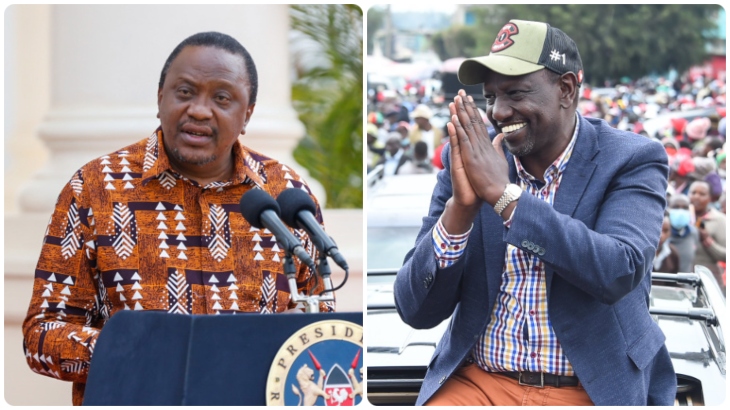Kenya’s journey towards the realization of democracy has been associated with dark moments of political backstabbing that dates back to independence days.
When the colonial masters granted Kenya the power to govern herself in 1963, Jaramogi Oginga Odinga was the country’s preferred prime minister.
However, in what baffled the colonialists, Jaramogi refused to take over the country’s leadership until Kenyatta was released from detention.
“If I accept your offer, I will be seen as a traitor to my people. The British cannot elect me leader to my people when (Jomo) Kenyatta is around. Release him and allow him to lead us,” Jaramogi told the British masters.
Mzee Kenyatta would later be released and become the country’s founding father with Jaramogi being his vice president.
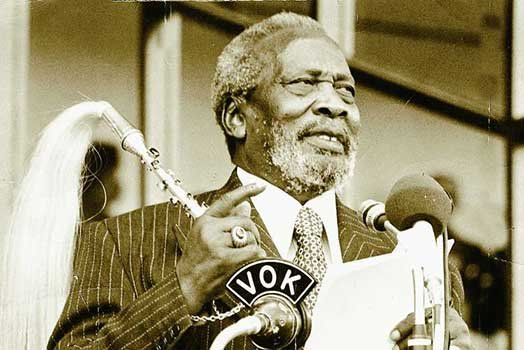
However, in 1966, the two disagreed on leadership ideologies prompting Jaramogi to resign and chart his own political path. History books record that Kenyatta was so mad at his vice president that he even threatened to crush him alive.
“Jaramogi, if you were not my friend, I would have crushed you like unga (maize flour),” Kenyatta was quoted telling his vice president.
With the seed of political treachery and backstabbing planted, a litany of other broken political deals followed and left behind a trail of destroyed careers.
In 1978, Kenya was faced with an unrestrained moment when Mzee Kenyatta passed on, and his long-term vice president Daniel Moi was called upon to fill the gap.
Political whirlwinds hit and shook the country to the limit of its boundaries. A host of political heavyweights from Mt Kenya opposed Moi’s elevation and deployed all the resources and political capital to stop Moi. This included an attempt to change the constitution to achieve their objective.
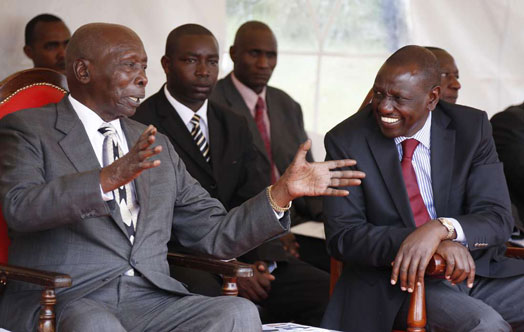
It took the wise counsel of Attorney General Charles to stop and save Moi from being locked out of the State House. The only other man from Mt Kenya who stood and defended Moi was Mwai Kibaki.
However, in 1984, Moi dismissed Njonjo as the Minister of Justice and Constitution Affairs. Four years later, the KANU leader also demoted Kibaki from vice president to head the Health docket.
At the advent of multi-party democracy in 1992, political intrigues continued to play out. The country’s political reformists joined hands and formed the Forum for Restoration of Democracy (FORD).
The movement brought together Jaramogi, Kenneth Matiba, and other firebrand politicians like Masinde Muliro and George Nthenge.
In the run-up to August 1992 polls, Matiba refused to support Jaramogi for president, leading to the split of FORD into two outfits, FORD Asili led by Matiba and FORD Kenya headed by Jaramogi.
The wrangles and divisions give the deeply unpopular KANU another chance to remain at the helm of the country’s leadership.
When Jaramogi died in 1994, his son, Raila Odinga, turn against Wamalwa, who had faithfully deputized the old man, and attempted to wrestle the party from him.
However, he was defeated and forced to form the National Development Party (NDP), on whose ticket he vied for president in 1997.
Fast Forward to the 2022 General Election, Kenya witnessed another convergence of political alliances that later imploded into factional wars.
Moi dropped his long-term ally and firebrand KANU Secretary-General Joseph Kamotho and replaced him with Raila.
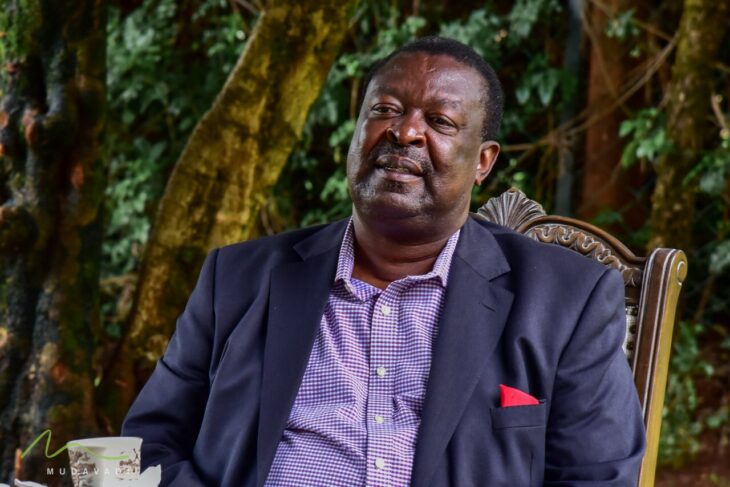
The former president also dismissed his vice president, George Saitoti, and named Musalia Mudavadi as the country’s new Vice President.
With Saitoti out of the KANU succession matrix, Raila and Mudavadi hoped Mzee Moi would pass the button to one of them.
To their shock, the KANU supremo bypassed them and gave the flag to 42-year-old Uhuru Kenyatta.
Raila refused to back Uhuru and led other KANU rebels to form the Rainbow Alliance that would later join the National Alliance of Kenya (NAK) to form the National Rainbow Alliance (NARC). NAK was an idea of Kibaki, Wamalwa, and Charity Ngilu.
The earth-shaking alliance (NARC) swept the political scene and terminated KANU’s 24-year-old rule with a resounding victory.
But Raila would later fall out with Kibaki after the president reportedly trashed a power-sharing agreement that would have seen the former named Kenya’s prime minister under the NARC government.
During the 2005 referendum, Raila assembled a team of strange political bedfellows comprising Uhuru, Kalonzo Musyoka, and William Ruto to oppose the proposed constitution under the Orange movement.
They floored the government, prompting Kibaki to kick the two (Raila and Kalonzo) out of government for sabotage.
The Orange movement metamorphosed into the Orange Democratic Movement and the Orange Democratic Movement of Kenya (ODM-K), led by Raila and Kalonzo respectively.
In the run-up to the 2007 General Election, differences ensued and Kalonzo ran away with ODM Kenya, forcing Raila to seek solace in ODM, an outfit he used to challenge Kibaki’s reelection.
Uhuru ditched the Orange movement and supported Kibaki’s bid while Ruto, his close KANU ally, joined Raila’s ODM team.
Kalonzo mounted a solo presidential bid and came a distant third in an extremely acrimonious and divisive election that plunged the country into chaos.
A ceasefire coalition government was formed in which Raila became the prime minister while Kalonzo was appointed vice president as Kibaki retained his presidential seat.
Ruto, who had fiercely fought for Raila’s bid, was appointed Minister for Agriculture but would later be dismissed by the ODM leader over accusation of corruption and incompetency.
Similarly, Kibaki kicked out his ardent supporter and defender, Martha Karua, who was serving as Minister for Justice and Constitutional Affairs.
In the 2013 General Election, Ruto teamed up with Uhuru under the Jubilee coalition while Raila and Kalonzo formed the Coalition of Restoration of Democracy (CORD), supported by FORD Kenya boss Moses Wetang’ula.
The UhuRuto team outnumbered Raila’s CORD movement and formed the government. In 2017, Uhuru and Ruto dissolved their respective parties and formed the Jubilee Party.
But things were thick in CORD. Kalonzo and Wetang’ula accused Raila of reneging on his promise of backing one of them and threatened to walk out.
However, they later agreed to dissolve the outfit and form the National Super Alliance (NASA), which brought on board Musalia Mudavadi.
Despite mounting a serious campaign, NASA still lost to Uhuru’s Jubilee Party in a disputed election that was nullified by the Supreme Court, resulting in weekly protests and chaos.
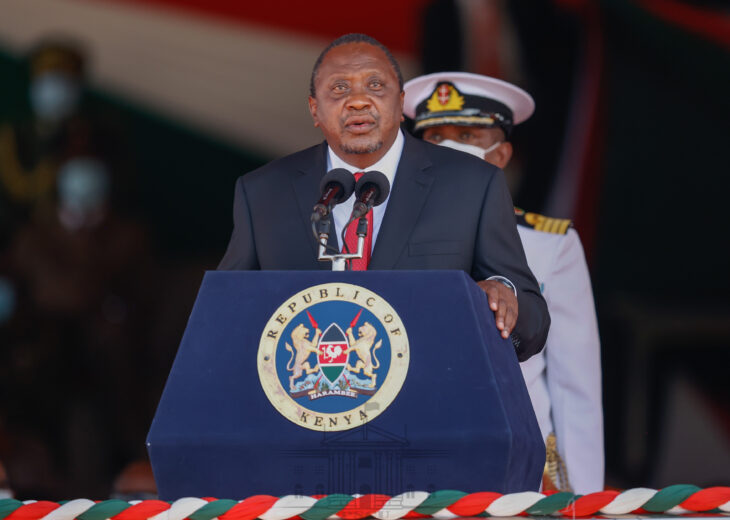
On March 9, 2018, Uhuru and Raila put aside their differences and agreed to work together under the handshake pact.
The move has not only strained Uhuru’s relationship with his deputy but also elbowed Ruto out of government.
With just 11 months left to the 2022 General Election, Uhuru and Ruto have completely parted ways and can’t see eye-to-eye.
So dire is the situation that the DP has decamped from Jubilee Party to United Democratic Alliance (UDA).
Similarly, Raila has fallen out with his former NASA co-principals and disbanded the coalition over mistrust, deceit, and betrayal.
Kalonzo, Mudavadi, and Wetang’ula have formed the One Kenya Alliance alongside Gideon Moi, while Raila is considering forming a coalition with Jubilee Party.
Uhuru, who had promised to support his deputy in 2022, is now rallying behind Raila to succeed him. It’s the story of Kenya’s political scene, a graveyard of betrayal and backstabbing.
